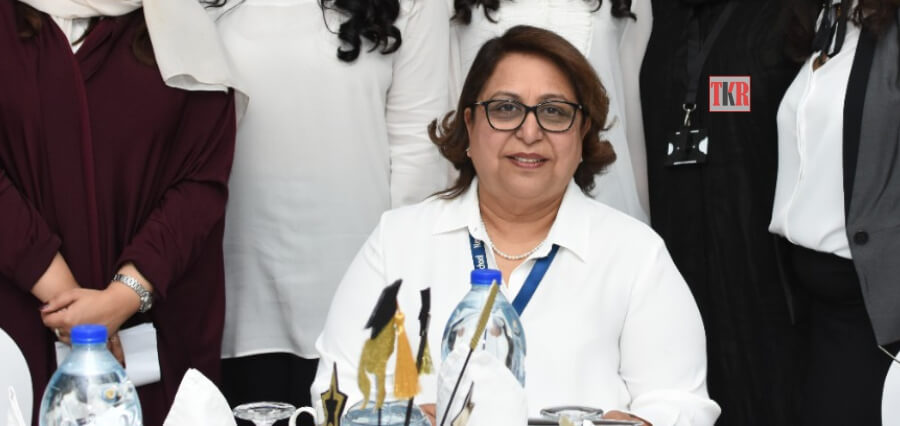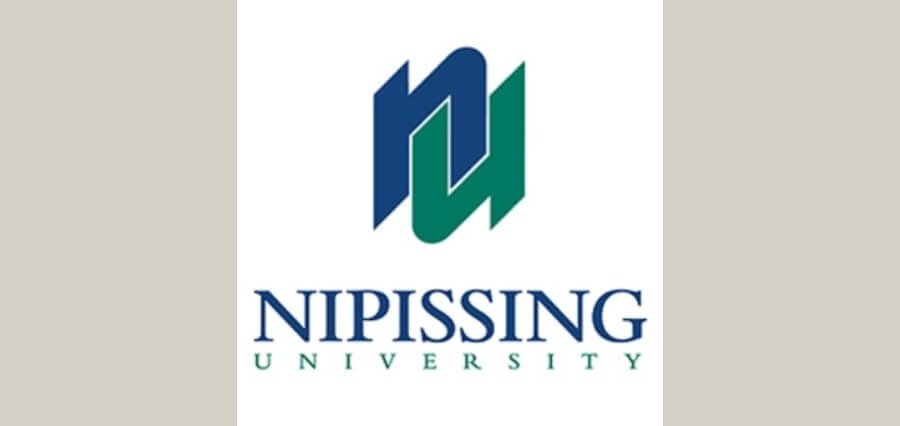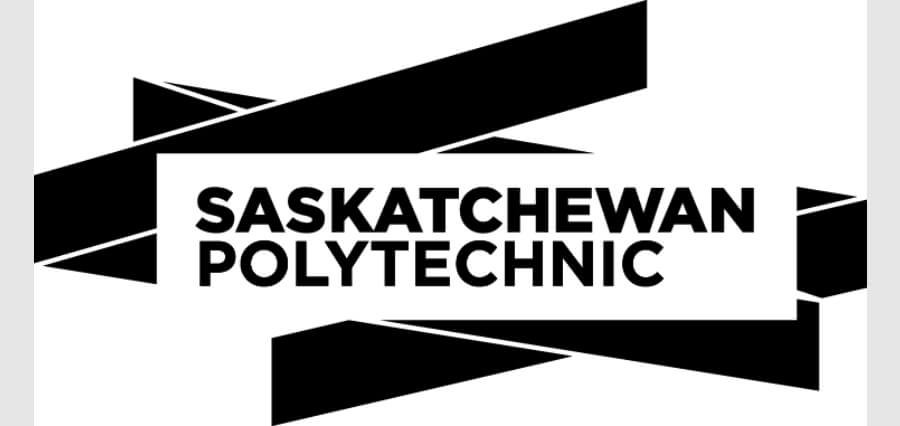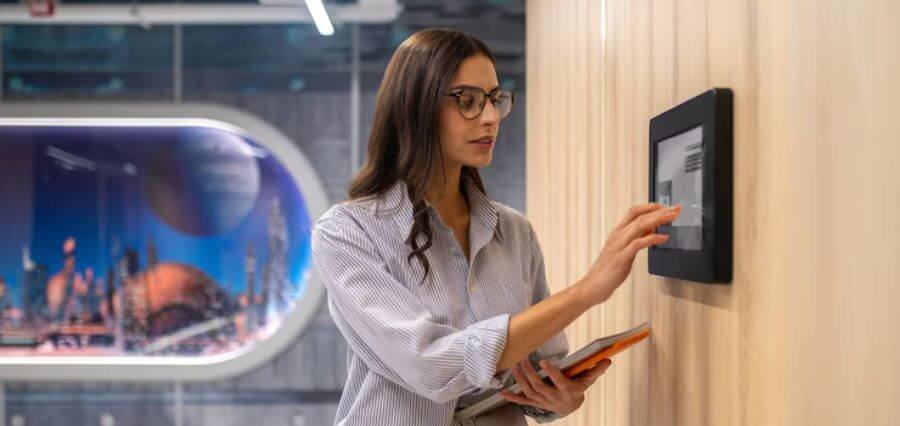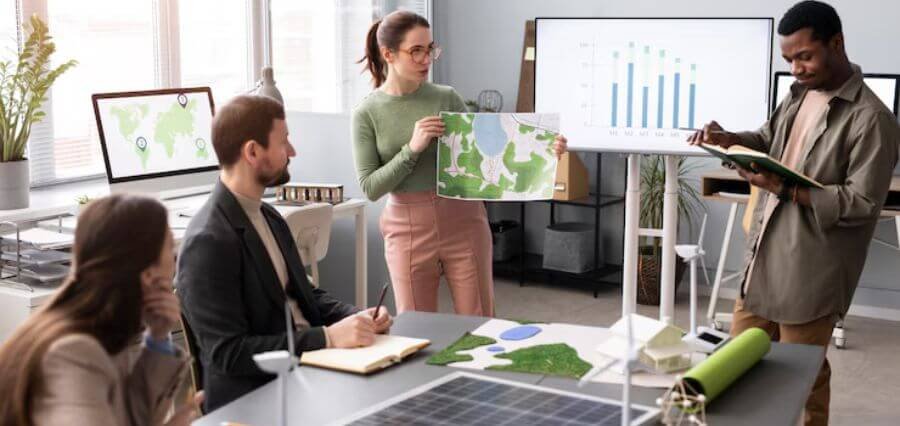Millennials and Gen Z are driving the use of social media for communication, sharing information and connecting with one another. Social media and digital technology are integrated into nearly all aspects of their lives. “To be?” or “not to be?”, and sometimes, “how much to be?” are the challenges faced by the new generations. The balance between reality and their social media image is tipped and its influence on lifestyle and behaviour is more prevalent. While social media and digital technology are integrated into nearly all aspects of their lives, it is extremely important for the new generations to safeguard themselves and to learn about the ethics and responsibility of using and sharing information on such public platforms.
Can online learning ever replace traditional classroom learning?
A successful school is defined by the learning environment it creates and by the educational experiences it provides to its children. As an institution, a school prides itself on the academic achievements of its children as well as truly realising each individual child’s learning and growth potential and maximising it. A school also takes the time to carefully hire, train and motivate its teaching as well as non-teaching staff. This defines a traditional school education, where learning takes place in an interactive and hands-on environment.
Due to the pandemic, there has been a necessary shift of focus from an all-around educational experience to a core learning focus. The education experience has had to evolve very quickly to deliver the core requirements of learning, and while this change has been both practical and necessary, it is in no way a substitute to traditional classroom learning at school.
In a traditional school environment, children learn from one another while working collaboratively and solving problems. The in-classroom interaction allows the children to follow instructions, view demonstrations, actively participate in practical experiments, and draw inspiration and focus from the classroom environment around them. In a traditional classroom, a teacher is able to drive learning, make an assessment of the knowledge retained by the children and focus his or her energy in delivering a lesson that is best suited to the class. The presence of the teacher and peers validates and encourages learning with face-to-face interaction, which is not possible with pre-recorded videos or online live instruction, where cameras may be off or microphones have been muted.
Online learning has tried very hard to mimic a traditional classroom with tools and applications to support the delivery of lessons, communication via school portals, and interactions through classroom chats and break out rooms. This helps children feel that they are participating in a regular school day, at regular school hours, while following a regular school timetable. Accessing Zoom links, uploading classwork and homework to Google Classroom are a few skills mastered by students over the last academic year. This shift in learning style has definitely been successful in filling the gap of in-person learning in a school classroom. However, it lacks the ability to provide an all rounded-holistic educational experience that is needed to shape and nurture young minds.
A school curriculum is designed keeping all educational needs in mind. It incorporates a balance between ‘core’ learning subjects such as Math, English, Science etc as well as PE, Art & Craft, Library and other holistic learning areas. At school, each child is recognised as being unique, with his or her own strengths and learning capacities. Children are encouraged to be leaders in areas of their individual strengths, and at the same time are motivated to participate in activities outside their comfort zone rather than ‘hiding behind a camera’ or excusing themselves with internet glitch issues. The social and emotional development aspect of learning as well as an overall understanding of the world is built into the school curriculum, which is difficult to achieve when sitting alone in front of a device screen. Learning at school allows dedicated time and supervision of all areas of the curriculum, and a face-to-face individually tailored mentoring program where required.
Classroom design incorporates spatial arrangements such as tables and chairs flexible for collaborative or individualistic learning, decorated school boards with ‘words for the week’, key concept posters, house point boards or student work displayed on boards. All these elements of curriculum and design allow a classroom to serve as a stimulating learning environment where all learning goals can be met.
Traditional school classrooms do come with their own challenges, some of which are mitigated in an online environment. Teachers are able to use the “mute microphone” functions to maintain discipline while conducting their lessons virtually and pre-recorded or recorded live lessons are uploaded to the school portal and can be re-visited at any time by the child. This helps when children tend to zone out or lose focus or display disruptive behaviour in a classroom. However, these challenges are addressed through professional development training that the teachers undergo at school. These training programs are hands-on practical sessions held in person, on the school premises, with professional trainers conducting 2–3-day workshops focusing on topics such as student engagement, student motivation, and differential learning in a classroom. Incorporating these learning and teaching strategies is what helps make learning more interesting, fun, collaborative and most importantly helps with knowledge retention.
Research has been conducted on the shift from a traditional classroom to a virtual one and its impact on children. In most instances, it has been found that early childhood education and the primary years have been the most affected, with a visible drop in children enrolling in online education as well as a reduced frequency of online lessons attendance. At the same time, children in their final years of school have struggled with their fear of being able to graduate from high school due to new and different ways of predicted grades and examinations, and the uncertainty of getting into their desired choice of university.
The usage of technology in education has accelerated very quickly due to the pandemic. It has brought about increased usage of digital applications and tools and ensured connectivity and continuity for each child’s education. However, while the integration of technology in a classroom may bring about positive changes, it does not hold true for an only online model of learning to replace the learning and experiences that form the basis of education in traditional classrooms.
About the Author
Being an expat and a mother of young children in the Kingdom of Saudi Arabia, I wanted to give my children the best education possible back in the 1980s. That’s when I established the first Kindergarten School in the Eastern Province. It’s been a wonderful journey of growth, with the kindergarten growing into a fully accredited primary and secondary school. In my journey, I have seen the education sector adapt to new and modern strategies and methods of teaching constantly. I am very happy with the way the New World International School family has grown into a successful and well-reputed institution and look forward to seeing our students reach their own individual successes.
– Shobha Anand, Director – New World International School

